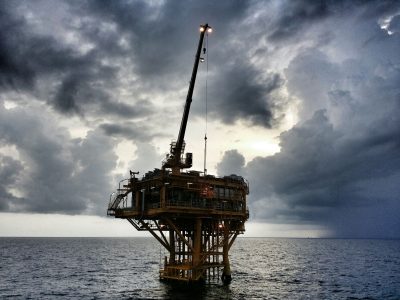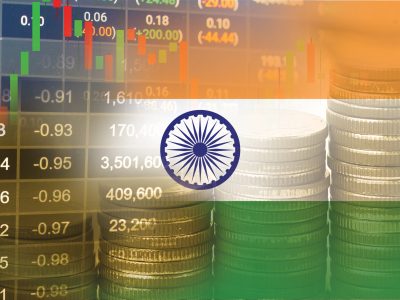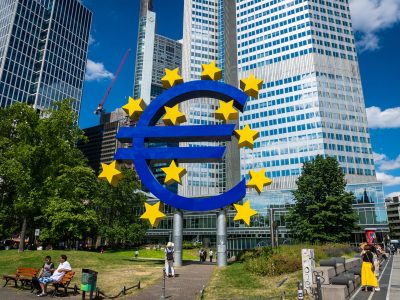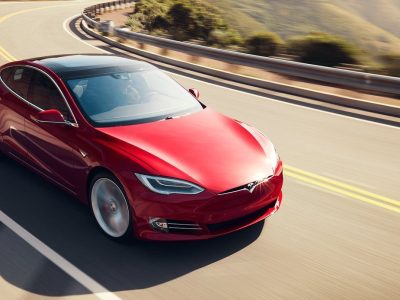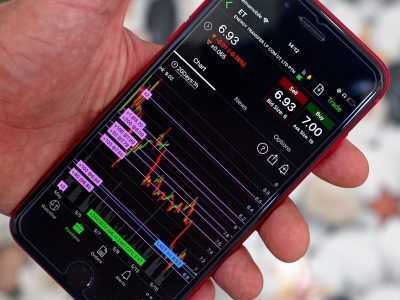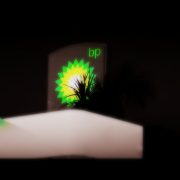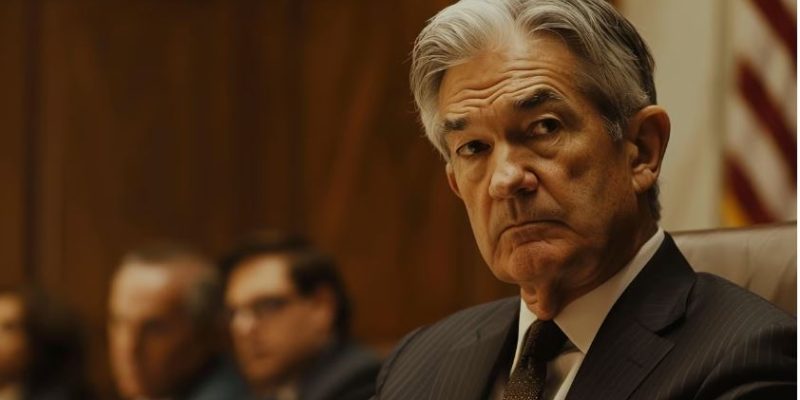
On December 14, 2022, Federal Reserve Chair Jerome Powell made a candid admission: “I wish there was a completely painless way to restore price stability. There isn’t, and this is the best we can do.”
This statement marked the beginning of the Fed’s aggressive rate-hiking cycle aimed at combating soaring inflation.
Powell acknowledged that achieving price stability would be costly and devoid of easy solutions.
One year later, inflationary pressures appear to be easing without precipitating a broader economic downturn.
The dreaded stagflation scenario, characterized by high inflation coupled with stagnant growth, seems to have been avoided—for now.
Just a year ago, many economists believed that taming inflation without inducing a recession was nearly impossible.
The Fed’s aggressive rate hikes stoked fears of a severe economic slowdown, with some predicting potential layoffs and declining consumer demand.
Today, however, the labor market remains resilient, albeit softening, inflation is gradually aligning with the Fed’s target, and economic growth, while moderated, has not collapsed.
On the surface, this outcome looks like a significant achievement for the Federal Reserve.
Yet, the pressing question remains: How much of this success is attributable to Powell’s strategic acumen, and how much to sheer luck?
The role of policy in the Fed’s success
The latest inflation data is promising. As of August, inflation has eased to 2.5%, down from 2.9% in July, moving closer to the Fed’s 2% target.
Core inflation, which excludes volatile food and energy prices, remains steady at 3.2%.
Powell’s strategy to address inflation involved raising interest rates aggressively, pushing them to a 23-year high of 5.25%–5.5%.
These hikes were designed to cool an overheated economy by tightening financial conditions and reducing demand, particularly in sensitive sectors such as housing and construction.
Proponents of Powell’s approach argue that his swift and decisive actions played a crucial role in anchoring inflation expectations, thereby helping to alleviate price pressures.
However, not everyone is convinced. Some economists suggest that factors beyond the Fed’s control were more influential in driving disinflation.
For instance, the easing of supply-side disruptions and a surge in labor supply, particularly due to increased immigration, were significant contributors to cooling inflation.
While Powell’s policies may have contributed to some extent, critics argue that these external forces played a more decisive role.
The power of timing?
Powell’s tenure has been marked by fortunate timing.
One notable event was the mini-financial crisis triggered by the collapse of Silicon Valley Bank (SVB).
Though it caused market anxiety, it did not escalate into a full-blown recession.
Instead, it provided the Fed with an opportunity to slow its rate hikes, allowing it to gauge the economy’s response without resorting to more aggressive tightening.
Additionally, the resilience of the economy has been a stroke of luck.
Household and business balance sheets were in better shape than anticipated, thanks in part to the fiscal measures implemented during the COVID-19 pandemic.
This resilience meant that the Fed’s rate hikes caused less economic pain than initially feared.
The neutral real interest rate—the level at which monetary policy neither stimulates nor constrains the economy—was higher than expected.
This situation allowed the Fed to signal its commitment to tackling inflation without imposing excessive strain on the economy.
Unforeseen factors such as increased immigration and unexpected productivity gains also played a role.
Though beyond the Fed’s control, these factors contributed to reduced labor costs and an improved supply side of the economy, making the soft landing more feasible.
The Fed has not yet reached its 2% target
Although inflation is currently under control, the “last mile” of disinflation remains challenging.
The Fed has not yet reached its 2% target, and risks of inflation flaring up again persist, reminiscent of the 1970s cycles.
Housing costs continue to rise, and the labor market remains tight.
While Jerome Powell deserves some credit for preventing the kind of inflation resurgence seen in previous cycles, significant hurdles remain.
The Fed faces the delicate task of avoiding rate cuts that could reignite inflation. Although the economy is stable now, aggressive rate cuts could undo much of the progress achieved.
Skill or luck?
The answer likely lies somewhere in between.
Powell and the Federal Reserve have undoubtedly played a crucial role in stabilizing inflation, but many favorable circumstances were beyond their control.
The Fed did not solely engineer the soft landing; it benefited from a series of fortunate events, including post-pandemic adjustments and labor market shifts.
Powell’s leadership should not be disregarded; his decisive actions in the face of rising inflation helped anchor expectations and calm market fears.
While he may not have foreseen the lucky breaks that came his way, he capitalized on them effectively.
The soft landing achieved thus far reflects both Powell’s skill and favorable external conditions.
The future will depend on how carefully the Fed manages the next phase of monetary policy and whether the forces that have tempered inflation continue to align.
For now, Powell can claim partial credit for navigating a complex economic landscape, but the journey to full stability is far from over.
The post Has Jerome Powell managed the impossible, or was it just luck? appeared first on Invezz

